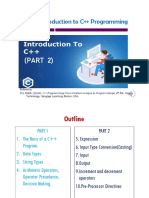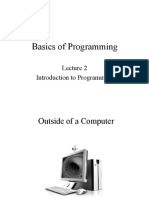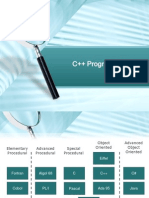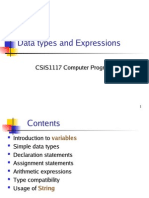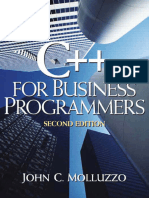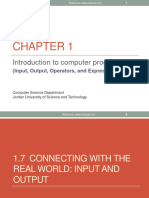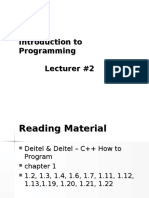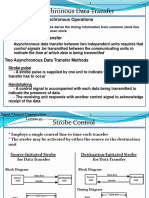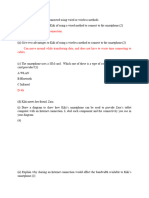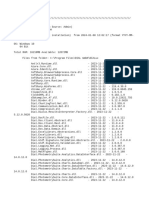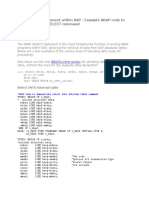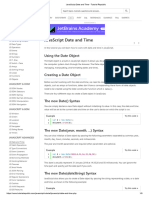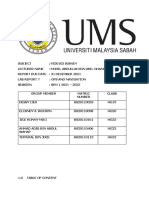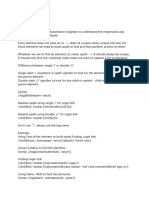0% found this document useful (0 votes)
17 views44 pagesCompleting The Problem-Solving Process
This document discusses completing the problem-solving process in C++ programming by coding algorithms into programs. It covers getting input from the keyboard and displaying output on the screen using streams, performing arithmetic operations and type conversions, writing assignment statements, and desk-checking programs. The objectives are to input and output data, write expressions, type cast values, use assignment statements, and code algorithms into programs.
Uploaded by
LawrOotCopyright
© © All Rights Reserved
We take content rights seriously. If you suspect this is your content, claim it here.
Available Formats
Download as PPT, PDF, TXT or read online on Scribd
0% found this document useful (0 votes)
17 views44 pagesCompleting The Problem-Solving Process
This document discusses completing the problem-solving process in C++ programming by coding algorithms into programs. It covers getting input from the keyboard and displaying output on the screen using streams, performing arithmetic operations and type conversions, writing assignment statements, and desk-checking programs. The objectives are to input and output data, write expressions, type cast values, use assignment statements, and code algorithms into programs.
Uploaded by
LawrOotCopyright
© © All Rights Reserved
We take content rights seriously. If you suspect this is your content, claim it here.
Available Formats
Download as PPT, PDF, TXT or read online on Scribd
/ 44

